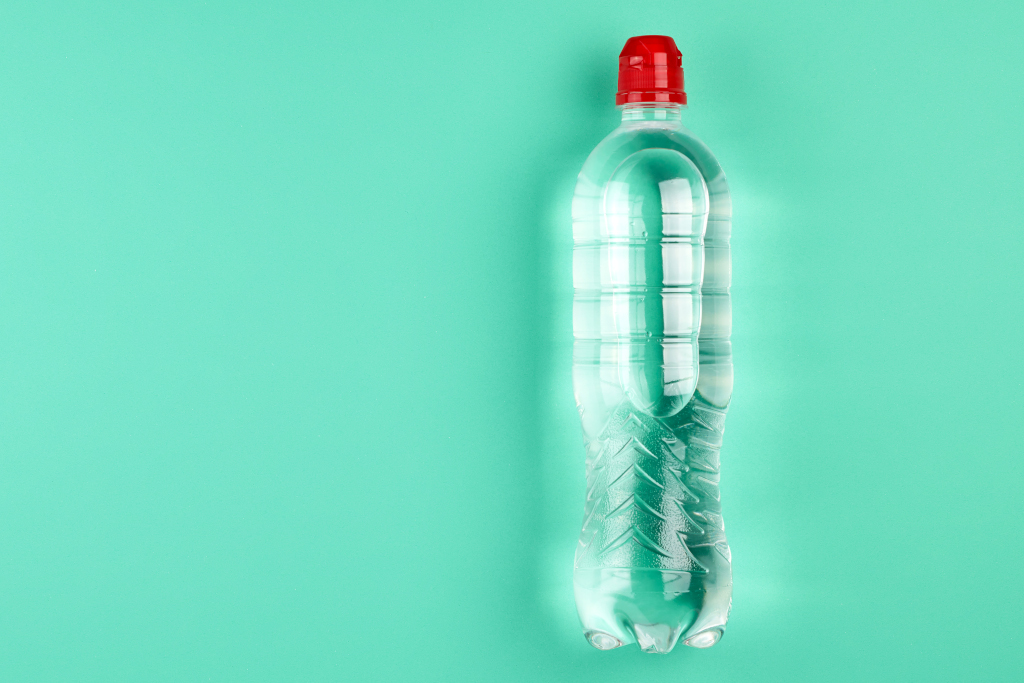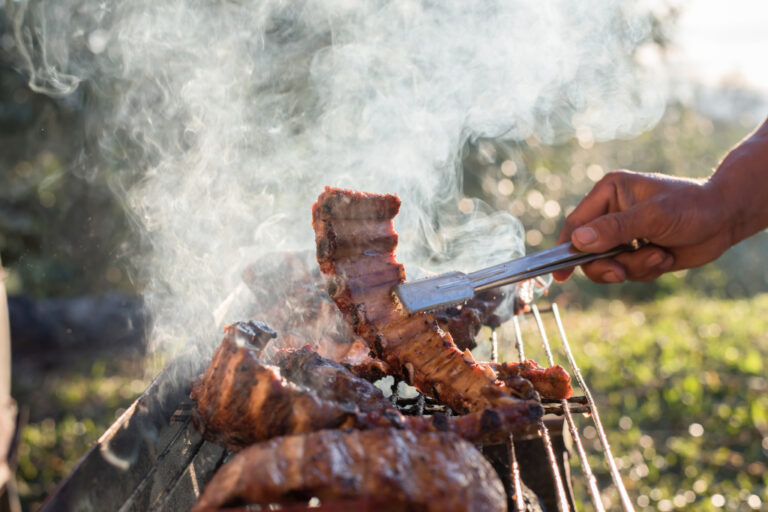You’ve probably noticed it before but never thought twice about it: that odd-looking seam or thicker band right where the body of your soda bottle meets the base — the so-called “water line.” It looks different. Feels different. Maybe even reflects light a little strangely. But why?
It’s not a design flaw. In fact, it’s there on purpose — and it’s solving a problem most of us take for granted every time we twist off a cap, hear that fizzy hiss, and take a sip.
The hidden stress point no one talks about
It all comes down to pressure — literally.
Soda bottles, particularly those filled with carbonated drinks, are constantly under internal pressure. Most of that pressure pushes outward in every direction — and the “water line” is where the cylindrical sides of the bottle meet the contoured, more complex shape of the base.
This transition from smooth cylinder to bumpy bottom creates a natural stress point. Left unchecked, it could lead to warping, leaks, and in extreme cases… bursting. (Yes, pressurized bottles have popped before!)
The magic of blow molding
So how do soda manufacturers reinforce it?
Enter a process called blow molding — a manufacturing technique that’s been shaping bottles since the 1970s. Here’s what happens:
- First, a small plastic tube (called a “preform”) is heated.
- This hot preform is placed into a bottle-shaped mold.
- Air is then blasted into it, inflating it like a balloon until it hugs the mold walls.
Where the bottle transitions from the side to the bottom — i.e., the “water line” — more plastic is needed to maintain structural integrity. Blow molding naturally deposits a slightly thicker layer there, which results in that visible line or change in texture.
More than meets the eye: stability meets subtlety
But it’s not just about strength. Designers also use this thicker band to make sure the bottle stands straight and doesn’t tip over. Some early designs from the 1980s had rounded bases that looked sleek but wobbled easily — not a great look at checkout. So the thicker plastic band also helps flatten pressure points and improve balance.
Remember those early Pepsi and Coca-Cola PET bottles with petal-like bottoms? Those designs actually came from experiments in the 1990s where engineers tried different base shapes to contain carbonation pressure while keeping bottles upright. The success of those iterations helped shape the ones you hold today.
What PET plastic has to do with all this
The material used for most soda bottles is polyethylene terephthalate (PET) — prized for its durability, clarity, and ability to lock in carbonation. But like any material, its behavior changes based on shape, thickness, and temperature.
So manufacturers learned to redistribute the plastic during blow molding based on performance — not just appearance. That’s why the walls of the bottle may be thin and flexible, while the base and “water line” are tougher and reinforced.
So next time you grip a soda bottle…
Run your fingers around the water line. That subtle texture? It’s doing a lot more than you think.
It’s the invisible engineering that lets you hold carbonation under fierce pressure, keeps the bottle standing tall, and prevents spills — all while remaining light enough to toss into a backpack.
Who knew a simple line could hold so much power?
Quick takeaway:
- That thicker band at the base of the bottle is the result of targeted reinforcement.
- It’s created during blow molding when pressure stretches the plastic into the mold shape.
- The “water line” is a stress point, so it’s intentionally built tougher for durability and stability.
- Past designs — like wobbly cylindrical bases — helped shape today’s more sophisticated bottle forms.
So the next time you reach for a soda, remember — there’s real science in your grip.




Leave a Comment